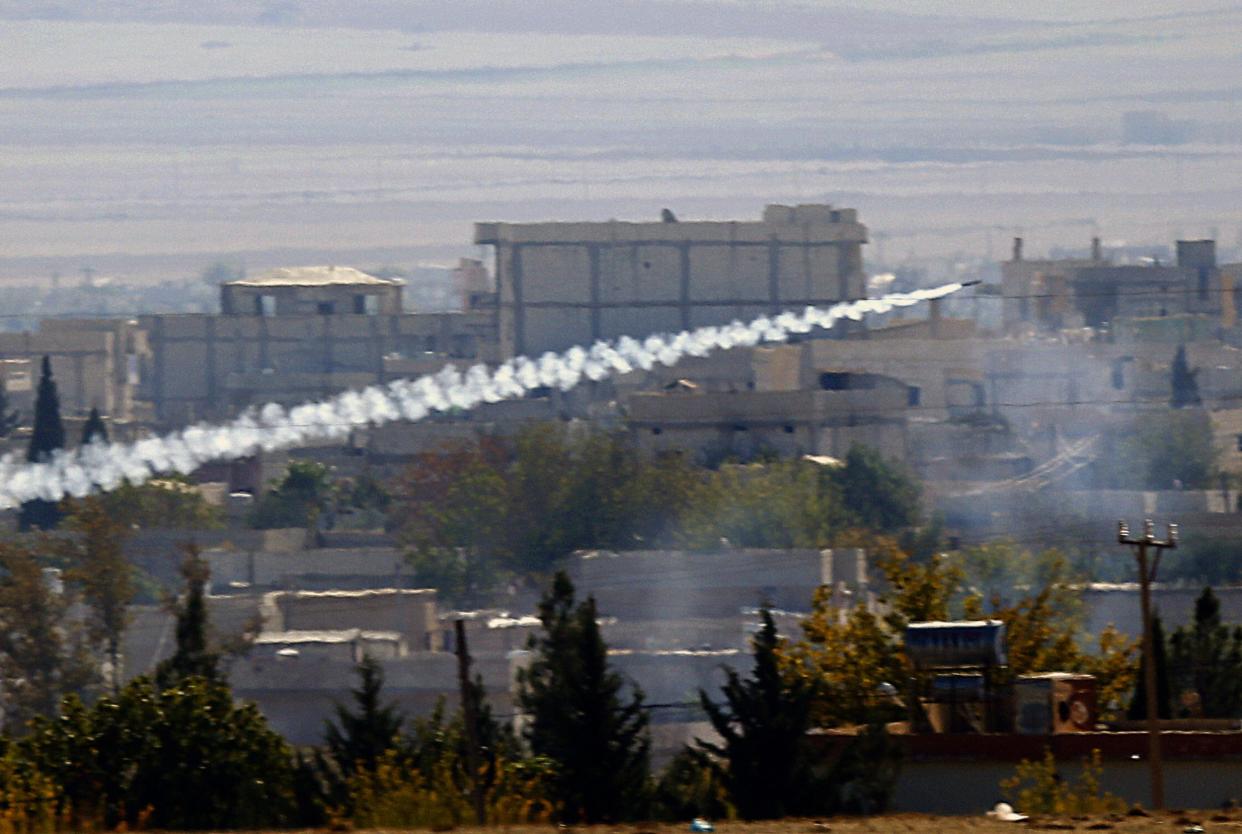US and Saudi Arabia arms significantly enhanced Isis’ military capabilities, report reveals

An extensive field investigation into the origins of Isis’ weaponry in Syria and Iraq has found that weapons supplied by the US and Saudi Arabia to the Syrian opposition often ended up in the jihadis’ hands, enhancing the “quantity and quality” of their armaments.
While most weapons in Isis’ arsenal were captured from the Syrian and Iraqi armies, Conflict Armament Research (CAR)’s report, published on Thursday, found that the number of US and Saudi supplied weapons in Isis’ arsenal goes “far beyond those that would have been available through battle capture alone”.
“Iraq and Syria have seen Isis forces use large numbers of weapons, supplied by states such as Saudi Arabia and the United States, against the various international anti-Isis coalitions that the two states support,” researchers found.
The US and Saudi supplied weapons were all manufactured in EU countries, and Washington and Riyadh had broken contractual clauses prohibiting their transfer, CAR said.
“Evidence collected by CAR indicates that the United States has repeatedly diverted EU-manufactured weapons and ammunition to opposition forces in the Syrian conflict. Isis forces rapidly gained custody of significant quantities of this material,” it said.
“[The findings are] a stark reminder of the contradictions inherent in supplying weapons into armed conflicts in which multiple competing and overlapping non-state armed groups operate.”
The analysis of more than 40,000 items found that in total, however, about 90 per cent of the weapons and ammunition overall were made in Russia, China and Eastern Europe.
Three per cent of Isis’ arsenal was Nato-grade. The report also found that over the last three years had been able to produce its own military-grade weapons and standardise production across the so-called caliphate.

 Yahoo News
Yahoo News 
